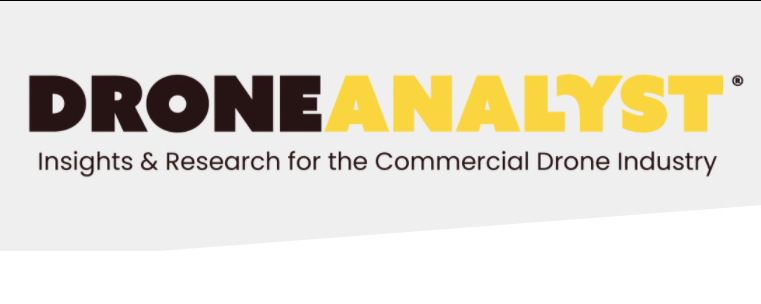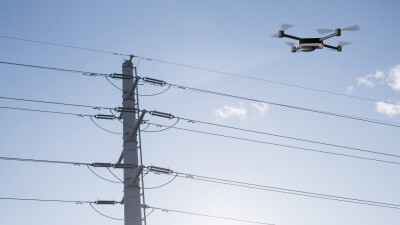Following up on his arrival at DroneAnalyst, after wrapping a 4-year tenure at DJI, Head of Research David Benowitz released a report breaking down FAA’s new Aerospace Forecast and the US drone industry growth since 2016.
While FAA’s Aerospace Forecast continues to be a critical piece to estimate the future amount of UAS alongside other forms of aircraft, Benowitz underlines the impact that COVID-19 had and how any forecast that relies on data from previous years cannot be relied upon. That is why DroneAnalyst focused on the forecast’s historical data to judge the accuracy of the four years of data behind us and understand how reality meets or deviates from past expectations.
With some metrics changing year-on-year and/or focusing on niche areas of the industry, Benowitz’s report focuses on the Aerospace Forecast’s UAS primary datapoints: Recreation Registrations; Recreation/Model Fleet; Remote Pilots; Commercial/Non-Model Registrations.
Since 2016, the US fleet’s commercial portion has grown from 5% to 23% in 2019, with the commercial drone fleet growing by 39% from 2018 to 2019, significantly outpacing earlier FAA forecasts. On the other hand, the consumer drone market shows signs of stagnation growing 6% only in 2019 compared to 14% in 2018, severely underperforming against FAA expectations.
Furthermore, according to the FAA, 94% of all registered commercial drones are consumer-grade aircraft. However, Benowitz believes the FAA categorization of “below $10,000” for consumer models and above for professional isn’t “particularly useful as ‘consumer’ grade products have become sufficiently advanced and increasingly automated.” Moreover, with the registration requirements for commercial operators, the rate of ownership has stabilized at 2.3 aircraft per pilot.
Leading up to DroneAnalyst’s 2020 Drone Market Sector report, these are some of the insights Benowitz shares in the Historical Performance of the American UAS Industry report. Earlier this month, Benowitz also highlighted “the leading 2020 Drone Industry trends to look out for and questions we should all be asking”.
















Comments